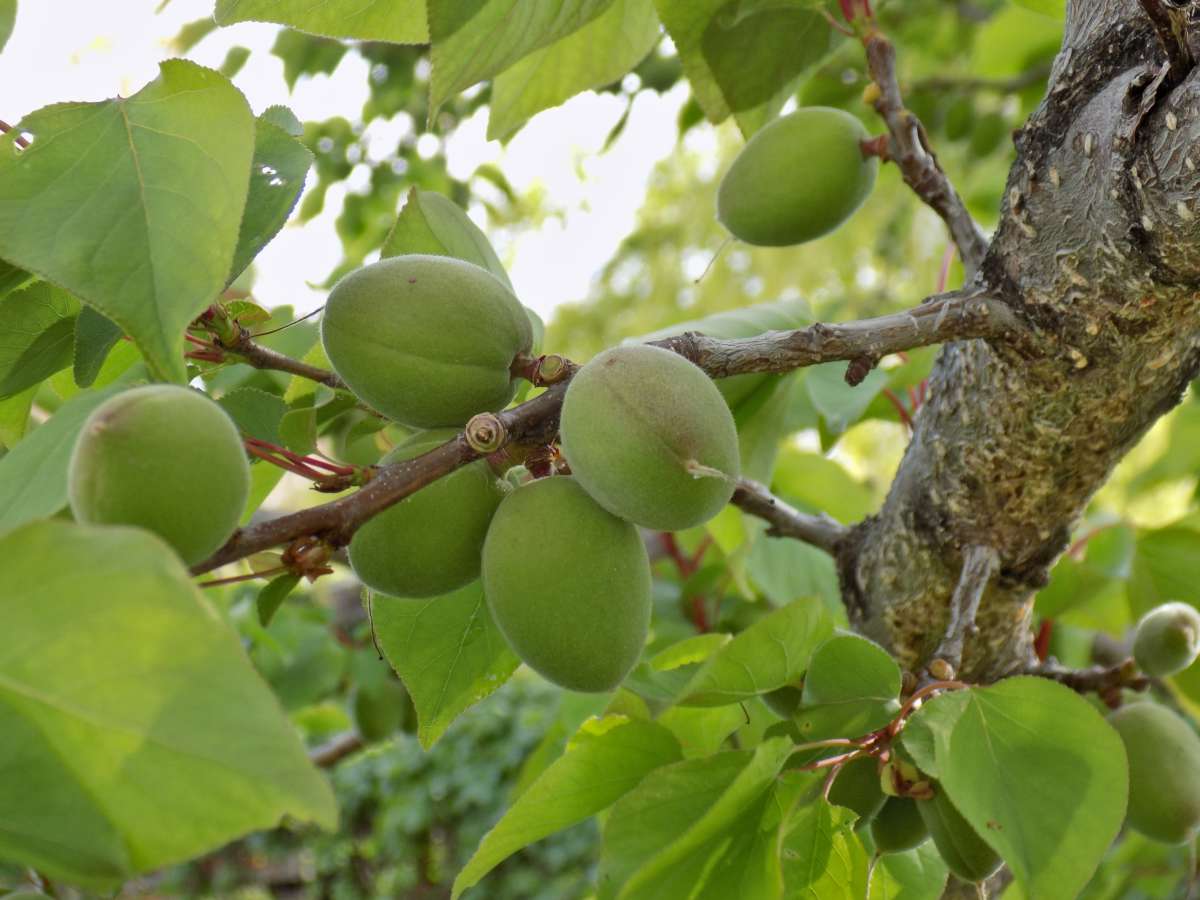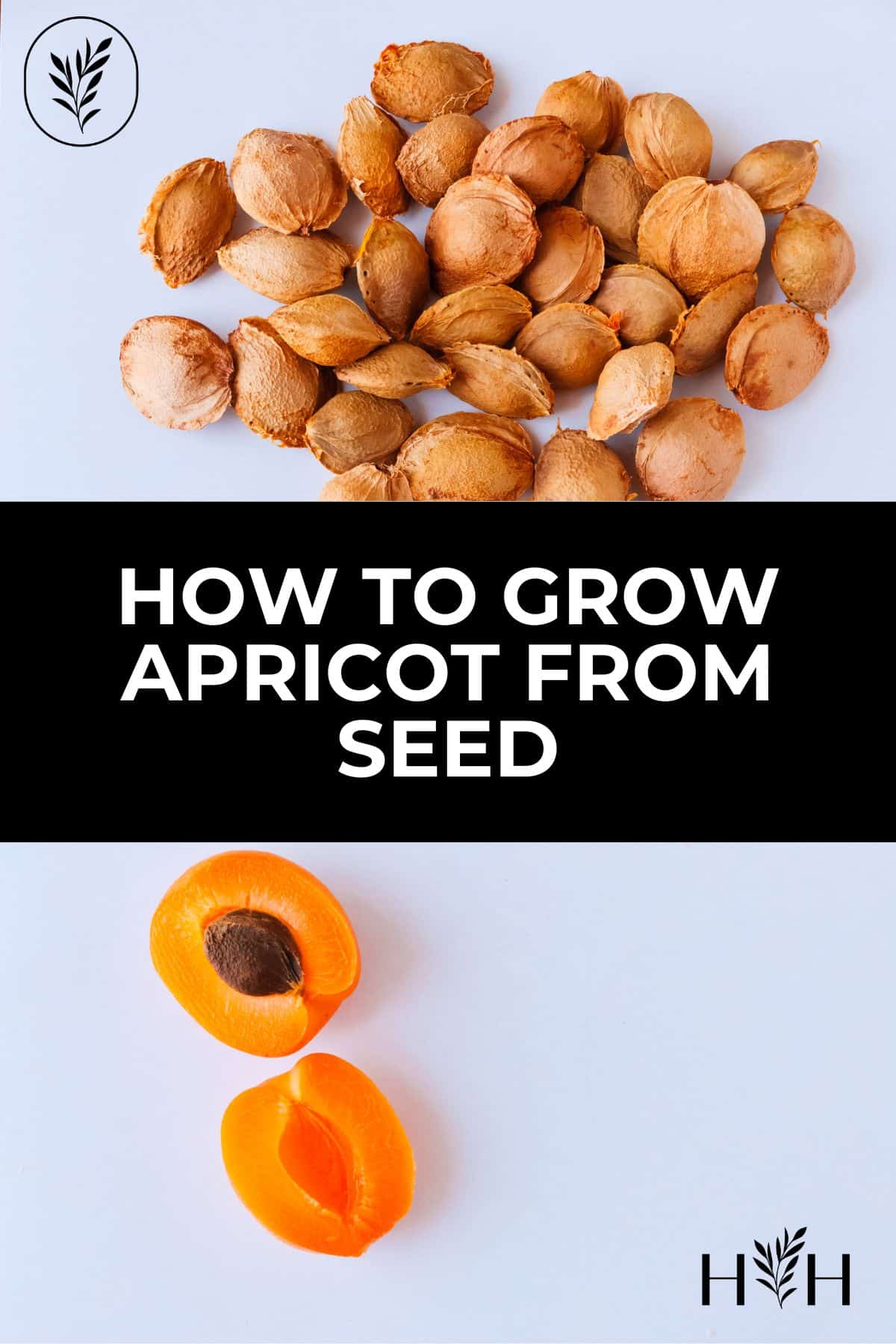Can You Really Grow Apricots from Seeds?
Growing apricots from seeds is a cost-effective and rewarding way to cultivate these delicious fruits. By planting apricot seeds, gardeners can have full control over the growing process, from seed selection to harvest. However, many people wonder: can you plant apricot seeds and expect a thriving tree to emerge? The answer is yes, but it requires careful planning, attention to detail, and a willingness to learn. With the right techniques and conditions, apricot seeds can be coaxed into producing healthy, fruit-bearing trees.
The Challenges of Germinating Apricot Seeds
While growing apricots from seeds can be a rewarding experience, it’s essential to acknowledge the challenges associated with germinating apricot seeds. One of the primary difficulties is the low success rate of germination, which can be as low as 10-20%. Additionally, apricot seeds tend to grow slowly, requiring patience and dedication from the gardener. Furthermore, apricot seeds have specific requirements for germination, including precise temperature, light, and moisture conditions. Failure to provide these conditions can lead to poor germination rates or weak seedlings. Understanding these challenges is crucial for developing effective strategies to overcome them and increase the chances of successful germination.
How to Prepare Apricot Seeds for Planting
To increase the chances of successful germination, it’s essential to prepare apricot seeds properly before planting. One crucial step is stratification, which involves storing the seeds in a moist environment at a temperature between 35°F and 45°F (2°C and 7°C) for 30 to 60 days. This process simulates winter conditions, allowing the seeds to break dormancy. Next, scarification can be performed by gently scratching the seed coat with a file or sandpaper to facilitate water uptake. Finally, soaking the seeds in water for 24 hours can help to further encourage germination. By following these steps, gardeners can significantly improve the likelihood of successful germination and give their apricot seeds the best possible start in life. Remember, when asking “can you plant apricot seeds,” the answer is yes, but proper preparation is key to achieving success.
Creating the Ideal Environment for Apricot Seedlings
Once apricot seeds have been properly prepared and planted, it’s essential to provide the right conditions for seedlings to thrive. Temperature plays a crucial role, with ideal temperatures ranging from 65°F to 75°F (18°C to 24°C) during the day and no lower than 55°F (13°C) at night. Adequate light is also vital, with seedlings requiring at least 6 hours of direct sunlight per day. Watering should be consistent, with the soil kept moist but not waterlogged. A well-draining potting mix with a pH between 6.0 and 7.0 is ideal for apricot seedlings. By replicating these conditions, gardeners can create an environment that fosters healthy growth and sets their apricot seedlings up for success. Remember, when asking “can you plant apricot seeds,” the answer is yes, but providing the right environment is crucial for achieving optimal results.
Common Mistakes to Avoid When Planting Apricot Seeds
When attempting to grow apricots from seeds, it’s essential to be aware of common mistakes that can lead to failed germination or weak seedlings. One of the most critical errors is overwatering, which can cause the seeds to rot before they have a chance to germinate. On the other hand, underwatering can also hinder germination, as apricot seeds require consistent moisture to break dormancy. Inadequate light is another common mistake, as apricot seedlings require at least 6 hours of direct sunlight per day to thrive. Additionally, using low-quality potting soil or failing to provide adequate air circulation can also negatively impact germination and seedling growth. By being mindful of these common pitfalls, gardeners can increase their chances of success when asking “can you plant apricot seeds” and take the first step towards growing a healthy and productive apricot tree.
Nurturing Your Apricot Seedlings to Maturity
As apricot seedlings grow, they require regular care to promote healthy development and fruit production. Pruning is essential to maintain a strong, central leader and encourage a well-balanced tree structure. Fertilization should be done regularly, using a balanced fertilizer that provides essential nutrients for growth. Pest management is also crucial, as apricot trees can be susceptible to pests like aphids, whiteflies, and spider mites. Regular monitoring and prompt action can help prevent infestations and ensure the tree’s overall health. Additionally, apricot trees require regular watering, especially during periods of drought. By providing the necessary care and attention, gardeners can help their apricot seedlings thrive and eventually produce delicious, juicy fruit. Remember, when asking “can you plant apricot seeds,” the answer is yes, and with proper care, the rewards can be bountiful.
What to Expect from Your Home-Grown Apricot Tree
When asking “can you plant apricot seeds,” it’s essential to have realistic expectations about the outcome. Growing an apricot tree from seed can result in a different variety than the parent tree, as the seeds may not produce true-to-type fruit. Additionally, the fruit quality may vary, and some trees may produce fruit that is smaller or less sweet than store-bought apricots. Furthermore, growing an apricot tree from seed requires patience, as it can take 3-5 years for the tree to mature and produce fruit. However, with proper care and attention, home-grown apricot trees can thrive and provide a bountiful harvest. By understanding the potential outcomes, gardeners can set realistic expectations and enjoy the journey of growing their own apricot tree from seed.
Tips and Variations for Advanced Apricot Seed Planters
For experienced growers looking to take their apricot seed planting to the next level, there are several advanced techniques to explore. Grafting, for example, allows growers to combine the root system of one apricot tree with the fruiting branch of another, creating a tree with desirable traits. Layering, another technique, involves bending a branch of an existing apricot tree to the ground, where it can take root and form a new tree. Additionally, experimenting with different apricot varieties can lead to the discovery of new flavors, textures, and growth habits. By pushing the boundaries of what’s possible with apricot seed planting, growers can unlock new possibilities and create unique, high-performing trees. Remember, when asking “can you plant apricot seeds,” the answer is yes, and with advanced techniques, the possibilities are endless.







